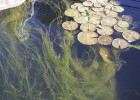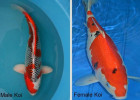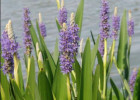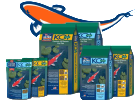How many Koi can I have in my pond?
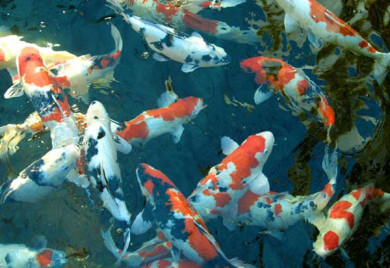
How many Koi can I have in my pond?
I get asked this question all the time. Most pond owners think that the number of gallons is in direct relation to the number of Koi you can have. And while this is true to a point, the fact of the matter is the number of gallons is only one of many factors that determine the number of Koi you can keep.
Feeding
Filtration
Circulation
and aeration all come into play.
You also have to ask yourself, what do you want from your Koi?
Do you want to show them?
Breed them?
Or just some pretty pets in the pond?
Also, how much time do you want to spend maintaining the water quality? High stocking densities are usually a lot more work. The point is, it all works together and the number of gallons per fish is only one part of the equation.
Filtration
Filtration is going to be the one of the most important factors in determining the number of Koi you can have. Not just how much filtration but want kind and how well it is maintained. It is more important than the number of gallons. If you have ammonia that simply won’t go away, or waste and debris in the water, then you are over stocked for the size of the filter. To correct this you need to either cut back on feeding, reduce the number of fish or increase the size of the filter.
Another major consideration is circulation, which means your pump.
A Koi pond with poor circulation will have a lot of trouble at higher stocking densities. The reason is the filter cannot treat waste it doesn’t come in contact with. Ideally you want to shoot for moving all the water through your filter two times an hour. You need to make sure there are no “dead spots” in the pond where water does not flow properly. A bottom drain pick up is the best way to prevent poor circulation. Skimmers can be used together with a bottom pickup but not recommend alone. As then only the top water from the ponds will be going into the filter.
Low quality foods have fillers and will make the Koi produce more waste.
So feeding heavily with cheap food means you need to keep a very low stocking density. This is not to say you should not feed the Koi. But rather if you want to feed heavily to get maximum growth and development you need to use only high quality foods.
Aeration is important and quite different then circulation.
A pump can circulate the water around but if it does not break the surface of the water then it is not aerating the pond. Luckily aeration is one of the easiest things to correct. An air pump with a few air stones or adding a waterfall will help. Another thing to keep in mind is during the warmer months the water will not hold as much oxygen and this is also the time the fish are eating the most so your bio filter needs to be at its peak.
The short answer is if everything is as it should be then a guideline would be the following:
-
Small Fish (3-6 inches) 12 to 20 fish per 1000 gallons
-
Medium Fish (6-12 inches) 8 to 15 fish per 1000 gallons
-
Large Fish (12-24 inches) 3 to 6 fish per 1000 gallons
Remembering the small fish will grow large..
Heavy stocking densities require more time and effort. If you want to spend less time working on the pond and more time enjoying it, keep the stocking density low and the filtration big.
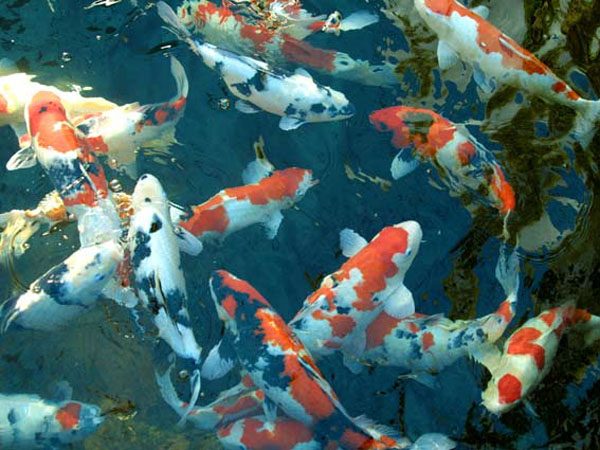
How many koi can i have in my pond, pond care
Article: How many Koi can I have in my pond?
Source: www.sunlandwatergardens.com
Author: Jacklyn Rodman
Follow us on Google+: https://plus.google.com/+sunlandwatergardens/
Follow Us On FaceBook: https://www.facebook.com/sunlandwatergardens
Follow us on Twitter: https://twitter.com/sunlandwatergar

